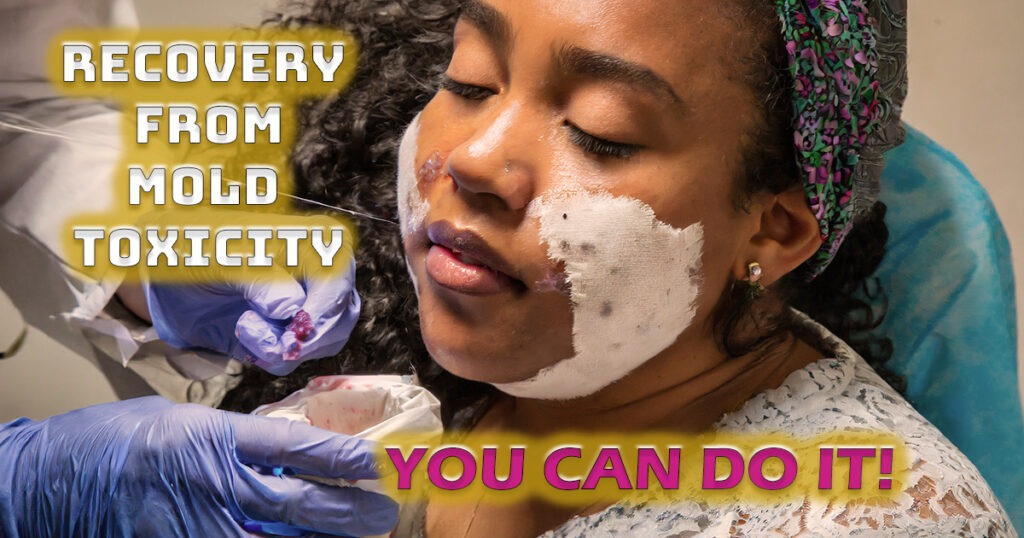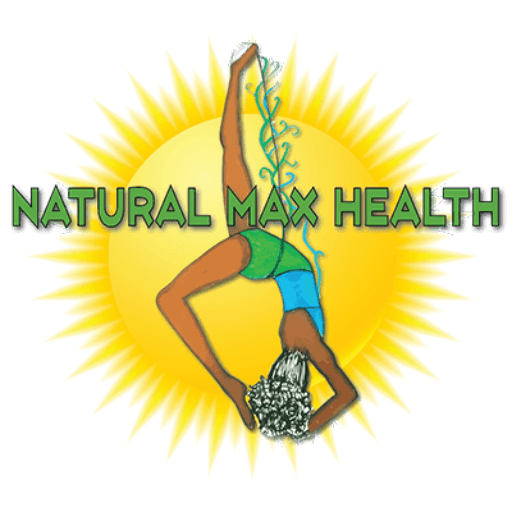Recovery From Mold Toxicity: How to Start the Healing

In my previous blog post, titled “Mold Toxicity: It May Be Why You’re Sick,” I aimed to raise awareness about mold poisoning.
If you suspect that you are suffering from this terrible condition, you may be wondering how to reverse it and how long it will take. In this article, I will provide you with the answers to those questions.
Make sure to read to the end for valuable recommendations on what to read and where to go for help.
Understanding How To Begin Recovery From Mold Toxicity
Recovering from mold toxicity is a complex process that varies from person to person. The duration of the recovery process depends on several factors, including the type of mycotoxin exposure, the amount and length of time of exposure, your pre-existing health conditions, and your age. Unfortunately, there is no straightforward answer to how long it takes to recover, as each individual’s circumstances are unique.
The damage caused by mold toxicity can be more severe if you have been exposed to other toxins. As per the World Health Organization, mold toxicity or mycotoxicosis can make you more susceptible to microbial diseases, exacerbate the effects of malnutrition, and act in conjunction with other toxins.
Eliminating the source of mold exposure is crucial in treating the devastating effects of mold toxicity.
After removing the source, the subsequent step is to address the toxicity. According to Barbara O’Neil in her book, “Self-Heal by Design,” the best way to heal your body from mold toxins, which are a type of fungus, is to starve the fungus, kill it, and restore the balance of beneficial microbes.
Starve the Mold
Mold is a type of fungus that feeds on certain foods. To prevent mold growth in your body, it’s best to avoid foods that promote mold or fungus growth. According to research, fungus thrives on sugar and yeast, which must be eliminated from your diet. All sugar, including cane sugar and sweetners should be removed from your diet, as the fungus is an opportunistic organism that can feed off other sweeteners such as fruit, honey, and maple syrup. By cutting off all sugar sources, you can starve the fungus and prevent it from growing. However, grapefruit and granny smith apples are the exceptions to this rule.
When recovering from mold toxicity, it is crucial to eliminate all yeast from your diet. Avoid alcohol, brewer’s yeast, mushrooms, and most types of bread (except for sourdough bread). You should also be careful when consuming cooked food that is older than two days, and discard any food that has even the slightest trace of mold. It is advisable to avoid grains and wheat, as they are highly susceptible to fungal growth when stored. Spoiled grains given to animals can lead to fungi in their meat. For a healthier option, choose grass-fed beef. Additionally, you should avoid consuming peanuts and any food products that contain them, such as peanut butter.
Kill the Mold
I strongly recommend seeking professional help when adopting a protocol to kill the mold. However, if you choose to fight mold toxicity on your own, research suggests that certain herbs can effectively kill mold without causing any harm to you. In her book “Self Heal by Design,” Barbara O’Neil suggests rotating herbs every two weeks to prevent fungus resistance and ensure their effectiveness against mold. The following herbs may be helpful in your fight to kill mold:
- Garlic
- Olive leaf extract
- Oregano Oil
- Thyme
- Pau D’Arco
- Grapefruit seed extract
- Horopito
The following foods are well known to contain high amounts of antifungal plant compounds. Adding them to your daily diet may help your body fight off the fungus.
- Legumes
- Raw nuts
- Raw seeds, particularly pumpkin seeds
- Coconut in all its form
Restore Balance to Your Body
Fungal problems can arise due to an unhealthy balance of bacteria in the gut flora. The overuse of antibiotics, drugs, alcohol, stress, and a poor diet can destroy healthy bacteria, thereby paving the way for harmful bacteria to thrive. However, acidophilus and bifidus can help restore the normal balance of bacteria. The best source of acidophilus and bifidus is through probiotic supplements. Probiotics are friendly bacteria that stimulate white blood cells to fight diseases and control putrefactive bacteria in the intestines. Other sources of acidophilus and bifidus are cultured foods containing healthy bacteria such as:
- Yogurt
- Tofu
- Miso
- Sauerkraut
- Sourdough bread
Where to Get Help If You’re Suffering from Mold Toxicity
If you suspect that you are experiencing mold toxicity, this article will provide valuable information and protocols to help you begin the healing process. Nonetheless, I strongly advise you to seek professional assistance in implementing these protocols. To support your recovery, I have compiled a list of helpful facilities I encountered during my journey.
Dynamic Health
6360 Jackson Rd Suite M
Ann Arbor, MI 48103
Key Cellular Nutrition
Recommended Reading on Holistic Health
Through my journey of healing, self-study has been instrumental. Here are three highly recommended books:
- Self heal by design by Babara O’Neil
- The Body Ecology Diet by Donna Gates
- Dead Doctor’s Don’t Lie by Joel D. Wallach
I understand that dealing with any unexplained illnesses, symptoms, or diseases can be a challenging and isolating experience. Nevertheless, I encourage you to remain optimistic. Our bodies are capable of healing themselves when provided with suitable conditions.
My main objective in discussing mold toxicity is to equip you with the knowledge and tools required to create a healing environment. If you need further assistance, please do not hesitate to schedule an appointment consultation with me.
